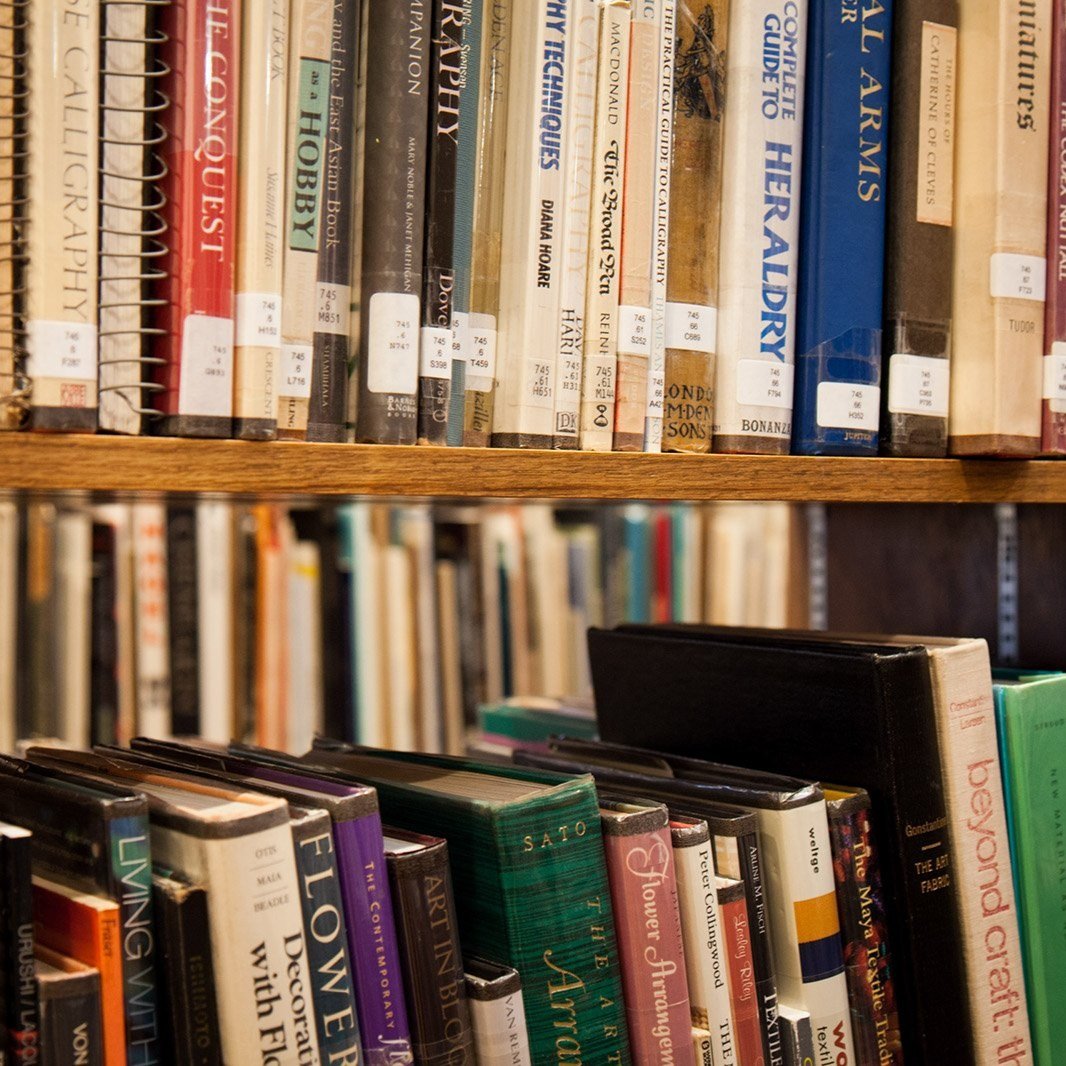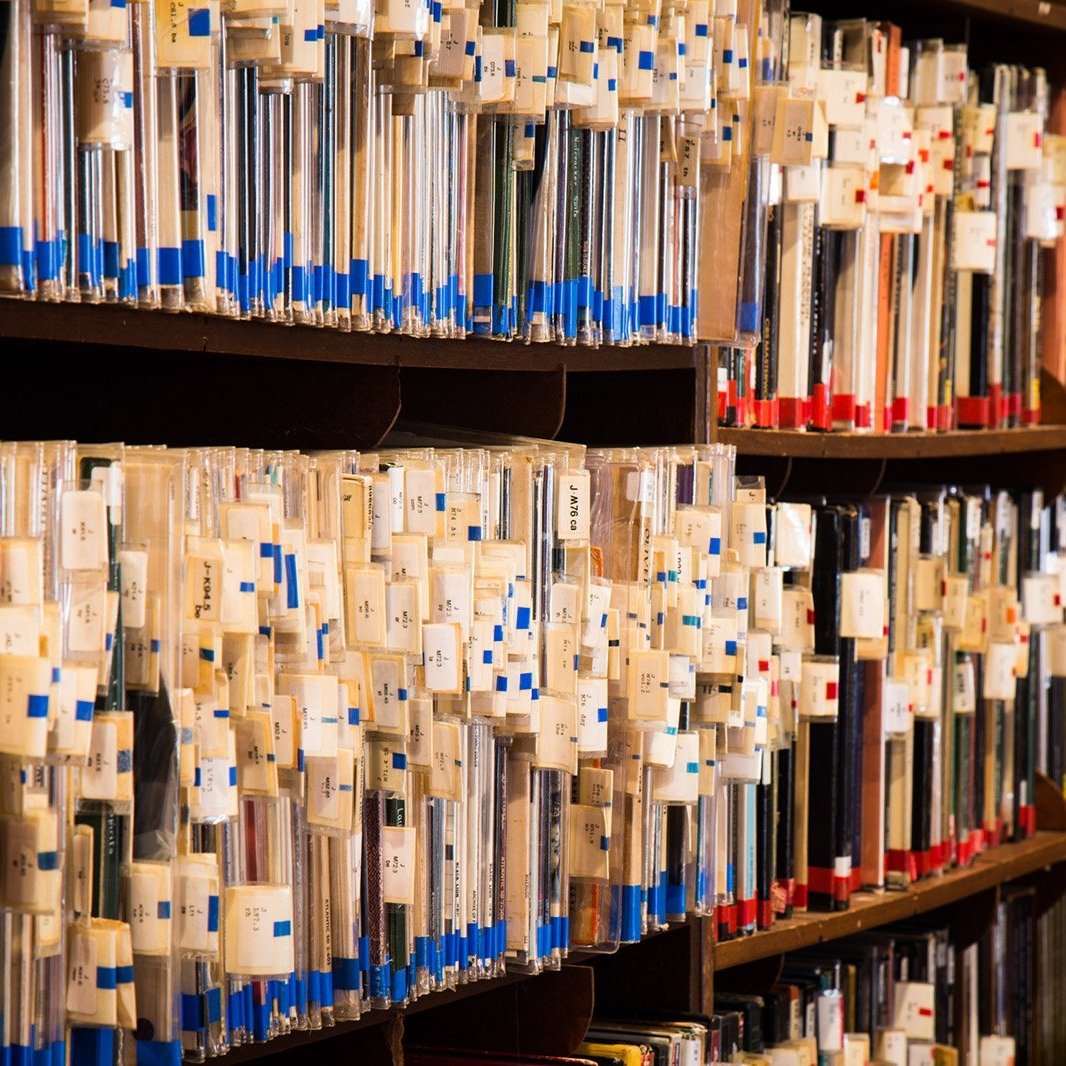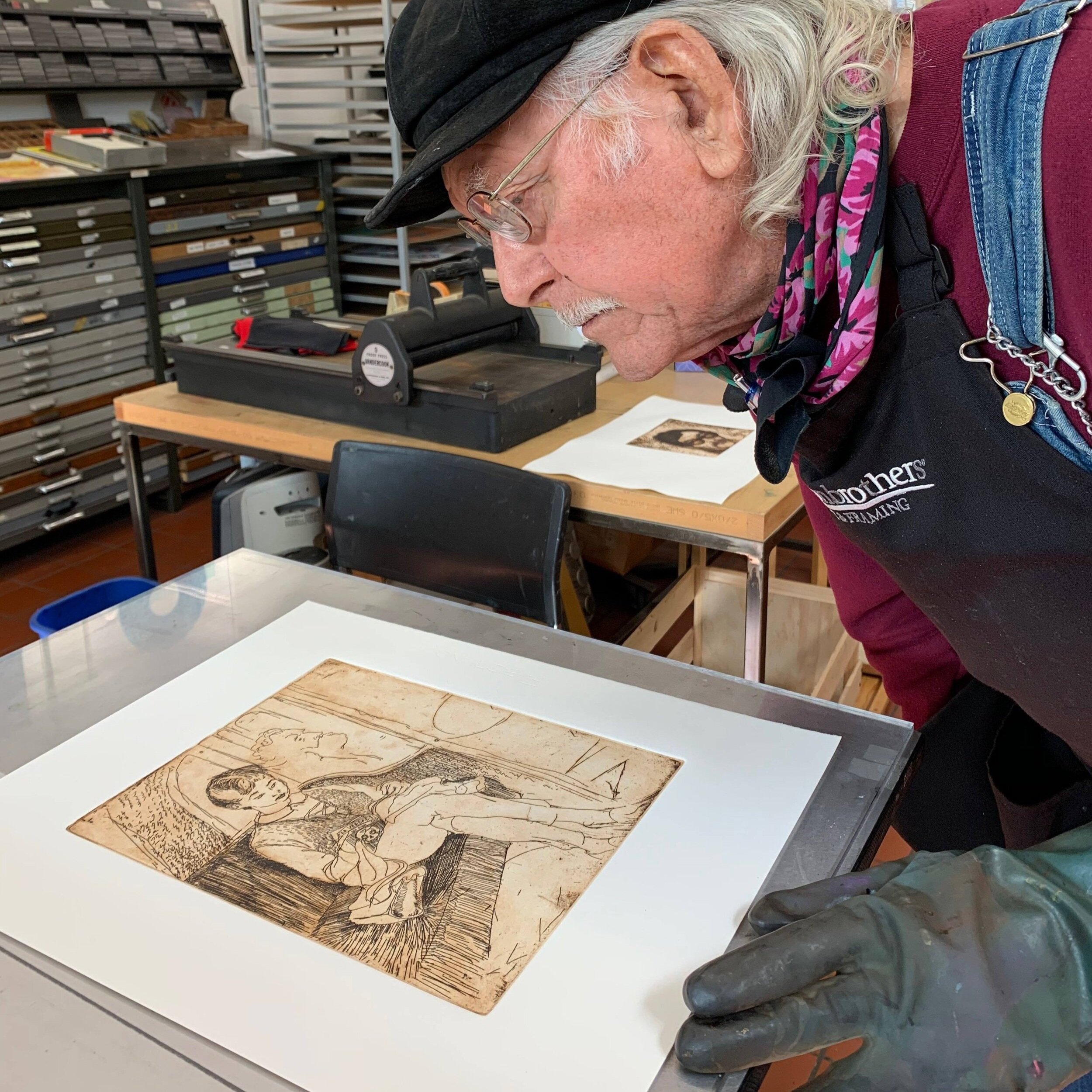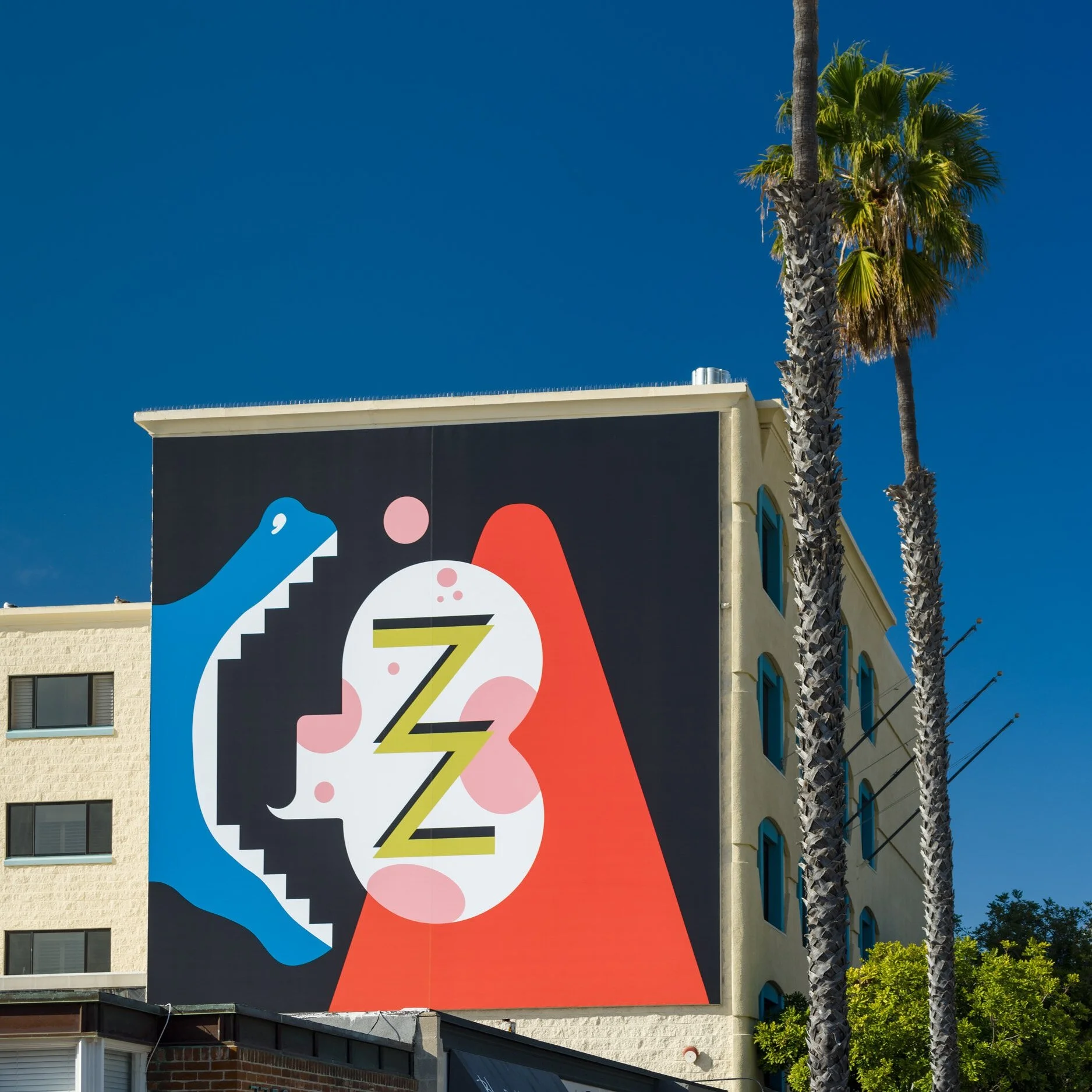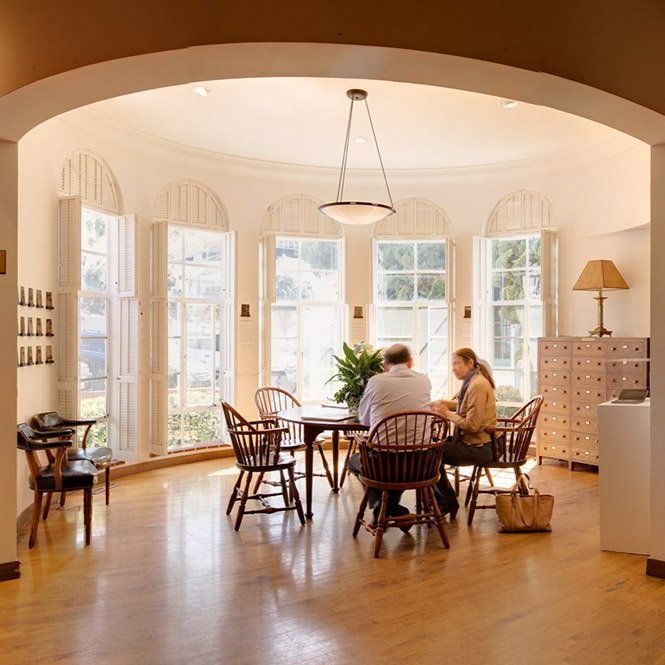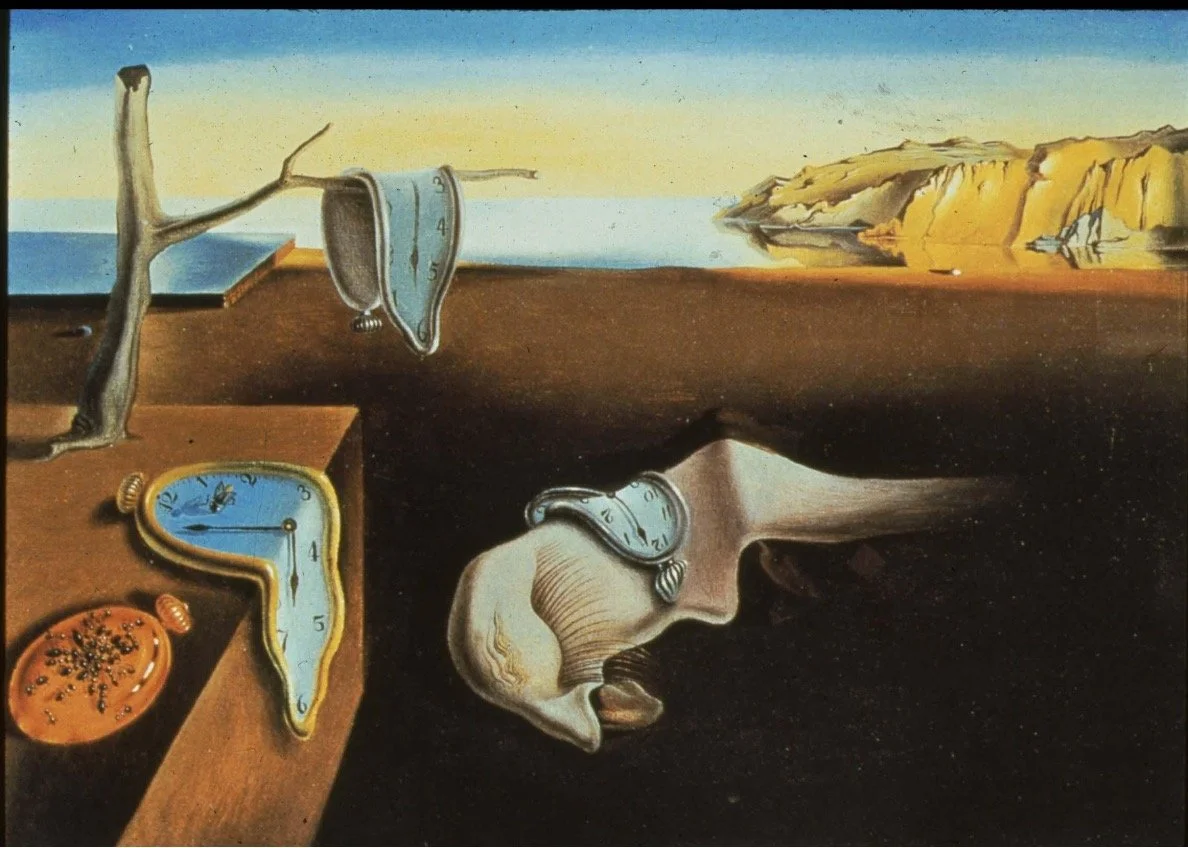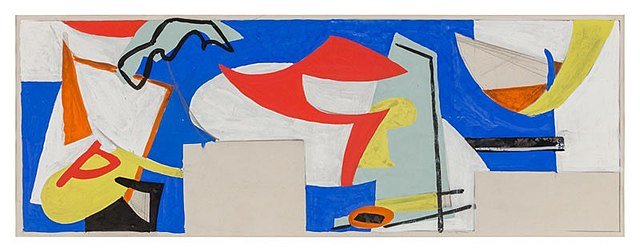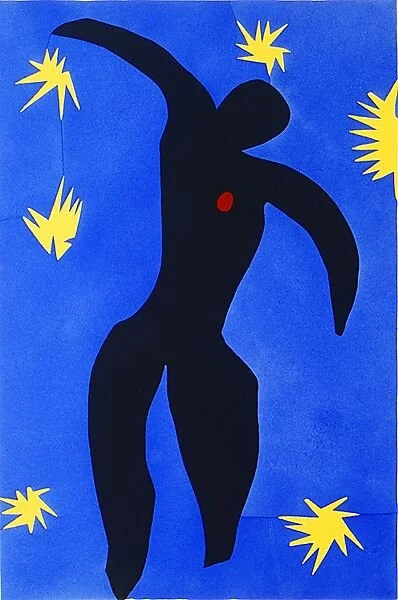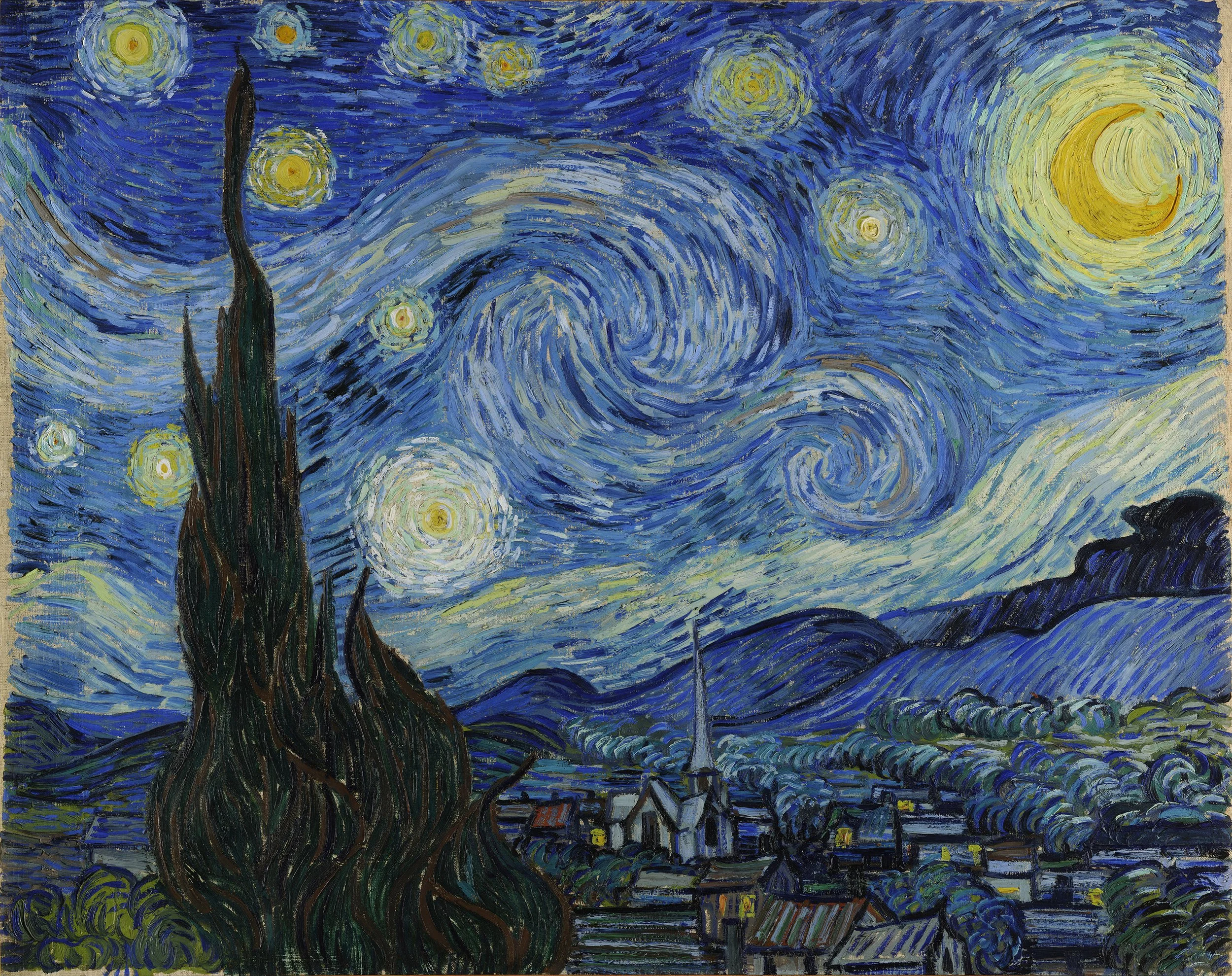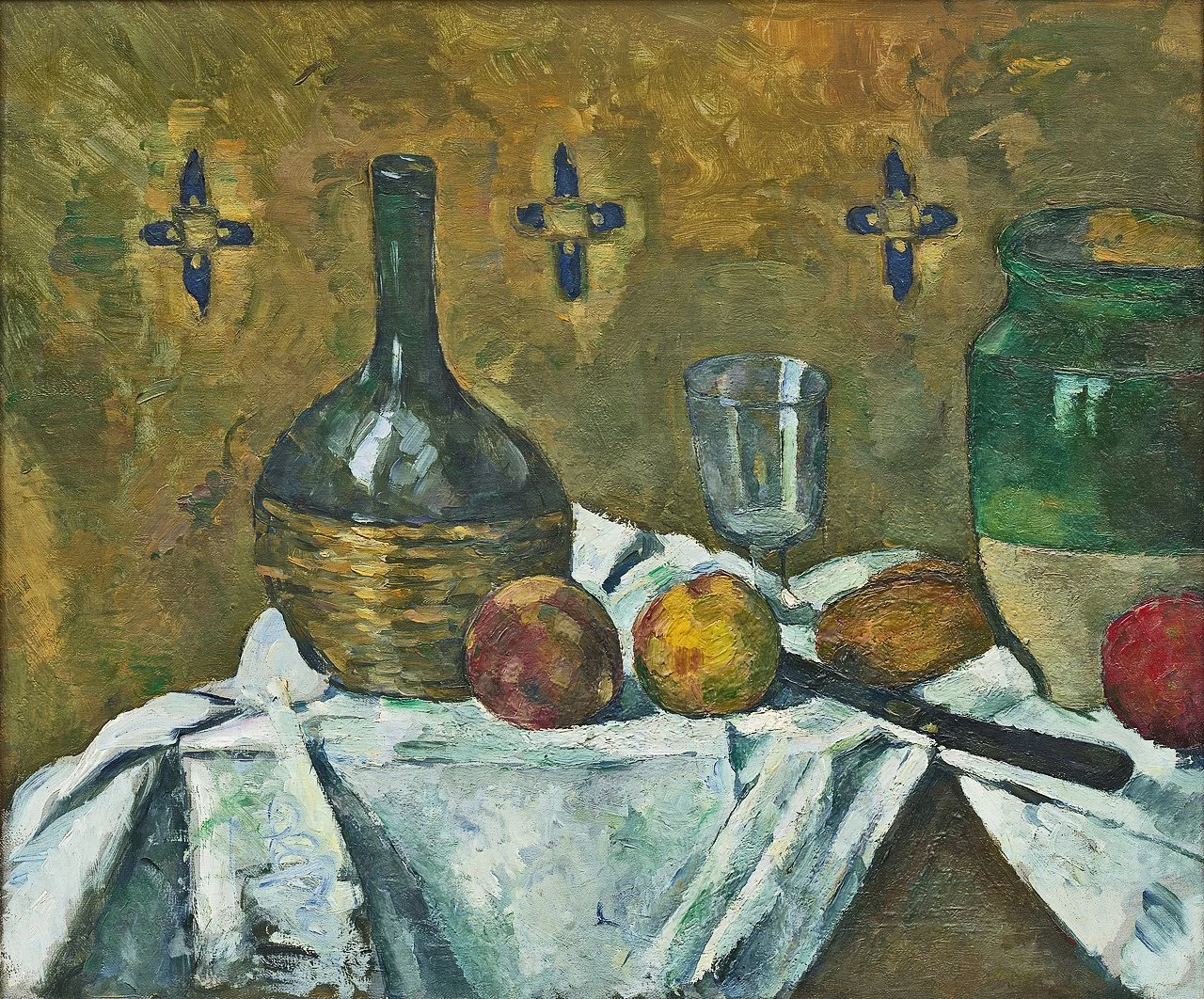
Austrian Art Nouveau: Vienna | Diane Kane Art History Lecture
Monday, April 14, 2025
7:30 PM
The waning days of the Austro-Hungarian Empire coincided with a flourishing of Belle Époque artistic expressions in Eastern Europe. By the mid-1890s, the experimental Vienna Secession advocated for integrated design, while the “Wagner School” (named after Otto Koloman Wagner) supported a modern architecture where form followed function. Rebuilding, due to modernization, of Vienna led to entire sections of the city built in the Art Nouveau style. Artisans of the Wiener Werkstätte (Viennese Workshops) influenced the later Bauhaus, American Art Deco, Scandinavian Modernism, and Italian Craft and Design.





